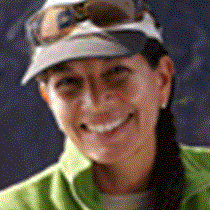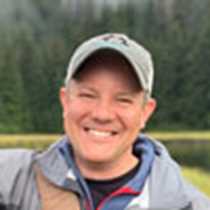Today we had our first encounter with the iconic animals of the Galápagos, the giant tortoises. We landed early at the Galápagos National Park dock and headed immediately to the Charles Darwin Research Station to visit one of the most significant and successful programs in the ecological restoration of the islands: the giant tortoise breeding center.
Baby tortoises from different islands are kept here until they reach a certain size and age when they can be released back to their original homes. We had the chance to see the entire tortoise population of Española Island: two males and 11 females, the parents of more than 1,300 tortoises born in captivity!
After the station, we walked about a mile for some shopping and exploration of the small but charming town of Puerto Ayora. Soon after, we boarded buses for a 30-minute ride to the highlands to visit a local farm with a sugar cane mill. Some guests had the chance to get in some extra exercise by biking 3 miles to reach the farm, while others went to visit the Tomas de Berlanga School, a private institution supported by Lindblad Expeditions and the National Geographic Society.
At the sugar cane mill, the owner showed us how workers produce melazas, honey, and the local liquor, “caña,” from sugar cane. We also learned the process for harvesting and roasting organic coffee. Our guests really enjoyed this visit and were happy to buy some coffee and melazas to support the local inhabitants. Then, we headed to the charming restaurant, Aquellarre, for a delicious lunch surrounded by a lush and quiet environment.
Afterwards we went to another area called El Manzanillo, located in the middle of the tortoise migratory route, to search for tortoises in the wild. We saw many upon arrival—some around a fresh water pond, others under the dense vegetation of chala and manzanillo trees.
Impressive as they are, giant tortoises are gentle animals. They allowed visitors to get very close as they continued grazing. Eventually they noticed us, giving us a look that reminded us that we are like them, just part of the huge ecosystem.
What a privilege it was to share a few moments with these creatures from a species much older than ours!









